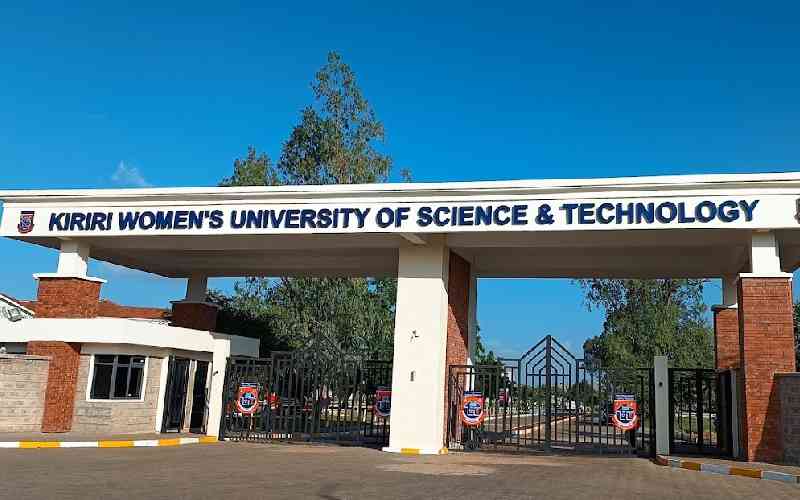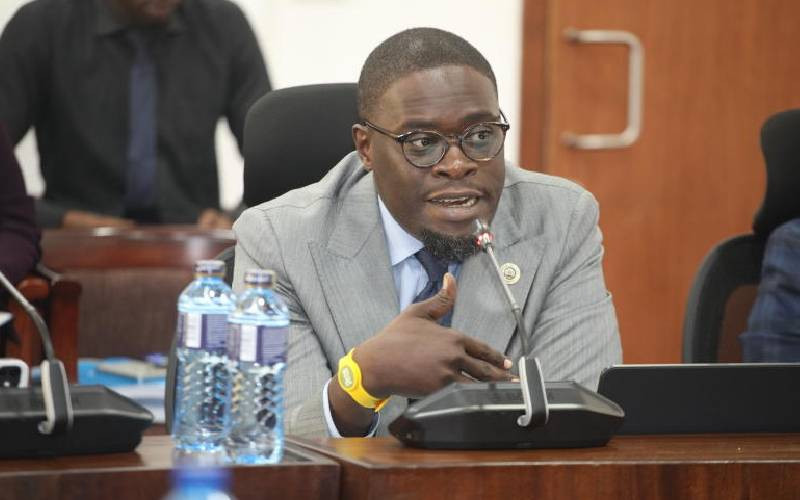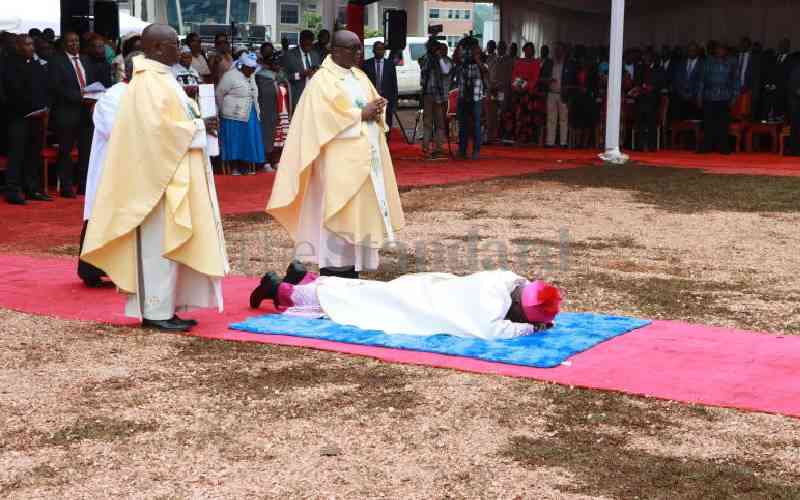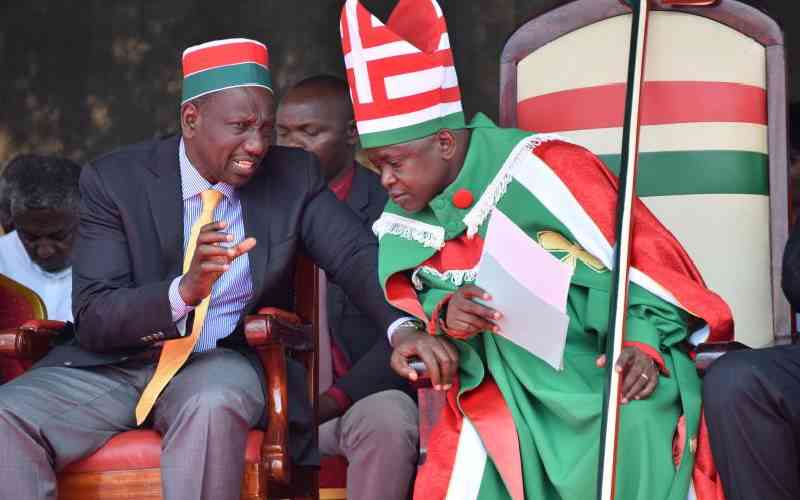The next generation of children can be the best educated in Kenya’s history. It is within our reach, and we have the know-how to make it a reality.
To make it happen, the Ministry of Education, Science and Technology must use available research to inform decision-making, and researchers must make their findings accessible.
Accelerating progress towards inclusive, equitable, and quality education for all children in Kenya demands a sustained conversation of actors and building a community of evidence and practice.
There are unacceptably wide gaps between research, policy and action. To bridge these gaps, there must be a real commitment - from government officials, researchers, and teachers - to build and sustain effective forums for exchange of ideas.
The job of researchers does not end when we publish in peer-reviewed journals, or print massive reports. It is up to us to make our research known--in plain language--to those with the power to do something about it.
As an education researcher, part of my job is to consider how my research will potentially be used by policymakers. I urge fellow researchers to do the same. In the past, our research has informed recommendations to expand access to free primary education grants and make entry requirements for future teachers more rigorous.
For their part, policymakers must use research that is available to them, and invest in the generation of quality, timely, accessible data that forms the basis of research. Policymaking should be based on proof of what works best (as well as what doesn’t) in our context--not copy-paste examples from other countries and contexts, though they may provide good lessons.
As NGOs, teachers and government officials gather together in Nakuru to discuss education, it is critical that we use evidence of what works -- and what doesn’t -- to inform our conversations. We know, based on research carried out by APHRC that curriculum reform should include classroom-based teacher support mechanisms, such as in-class coaching from excellent and effective teachers coaching less effective teachers. In this way, teachers can better equip their students to become critical thinkers. There is huge government investment in teacher development seminars, which have yet to demonstrate improvements in student outcomes. As Einstein said, the definition of insanity is doing the same thing over and over again, and expecting a different result.
APHRC recently identified two ways to increase the number of girls from informal urban settlements transitioning from primary school to secondary: community and parental involvement, and a small subsidy to cover non-tuition costs of starting secondary school. Beginning next year, secondary school admission allocation guidelines will change how students access free secondary school grants. However, the guidelines assume all students who will attend private secondary schools are from wealthier schools and backgrounds. Our research tells us that most schools in Nairobi’s informal urban settlements (or slums) are technically private but not the elite institutions the law envisions all private schools to be. About two in every three learners from slums attend these low-fee private schools, and they generally lack the financial resources and extensive social supports available to their wealthier peers in upmarket private schools. A wide gap exists separating these learners in terms of the quality of primary education they receive and the extra-curricular support they access. The expansion of the free primary and secondary school financial support to poor students who will attend low-fee private schools is one potential solution, based on recent evidence.
The good news is that the education system is already working to identify how best to help students learn more and keep them in school for longer. To this end, MoEST is a lead partner in Education Evidence for Action conference taking place this week. It is jointly convened by MoEST and research organizations to deliberate on and to share the latest education research and set forth actionable recommendations with the ultimate goal of making Kenyan students some of the best educated on the continent. We owe it to our children to redouble efforts--for our collective future.
 The Standard Group Plc is a
multi-media organization with investments in media platforms spanning newspaper
print operations, television, radio broadcasting, digital and online services. The
Standard Group is recognized as a leading multi-media house in Kenya with a key
influence in matters of national and international interest.
The Standard Group Plc is a
multi-media organization with investments in media platforms spanning newspaper
print operations, television, radio broadcasting, digital and online services. The
Standard Group is recognized as a leading multi-media house in Kenya with a key
influence in matters of national and international interest.
 The Standard Group Plc is a
multi-media organization with investments in media platforms spanning newspaper
print operations, television, radio broadcasting, digital and online services. The
Standard Group is recognized as a leading multi-media house in Kenya with a key
influence in matters of national and international interest.
The Standard Group Plc is a
multi-media organization with investments in media platforms spanning newspaper
print operations, television, radio broadcasting, digital and online services. The
Standard Group is recognized as a leading multi-media house in Kenya with a key
influence in matters of national and international interest.









